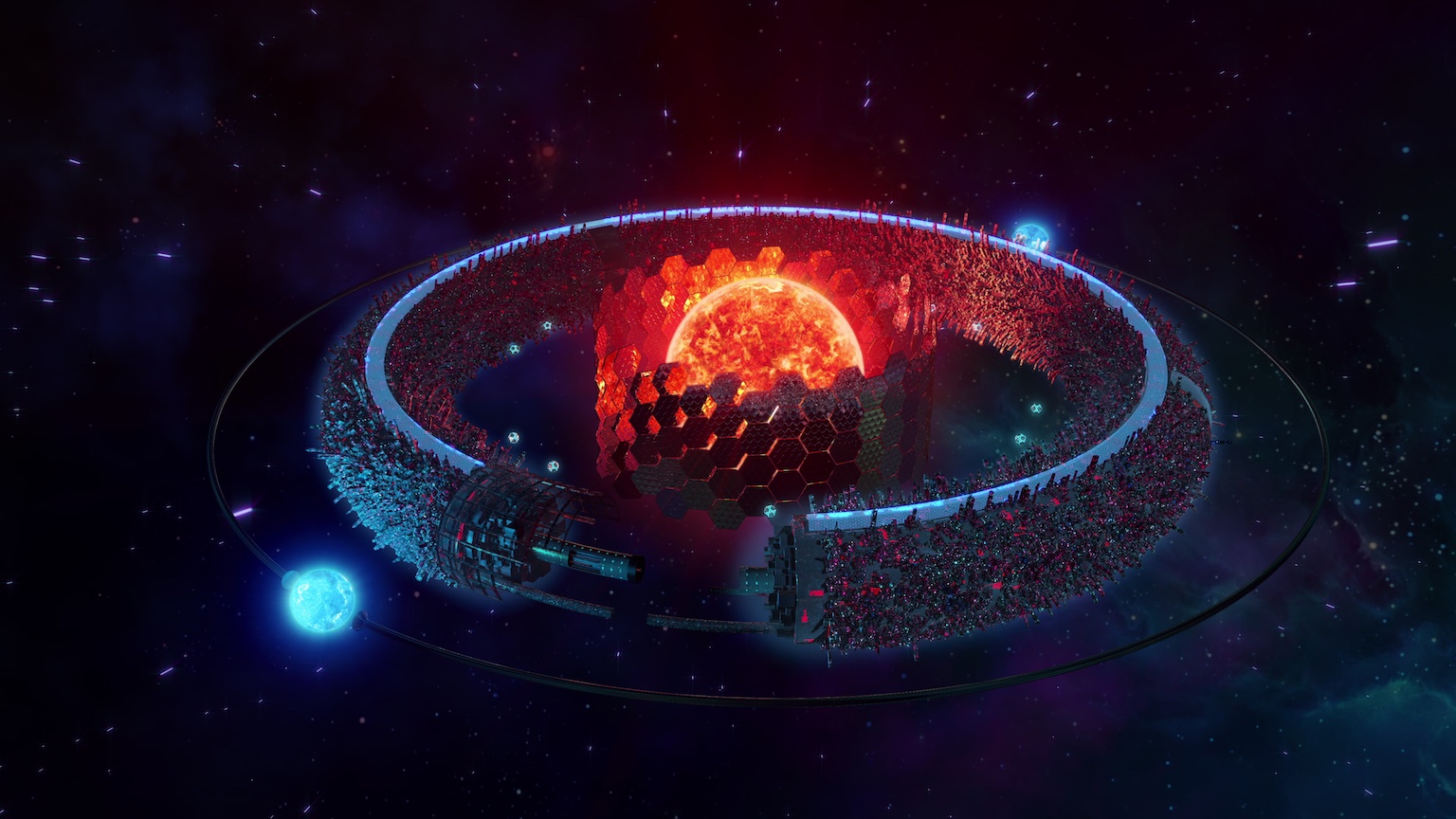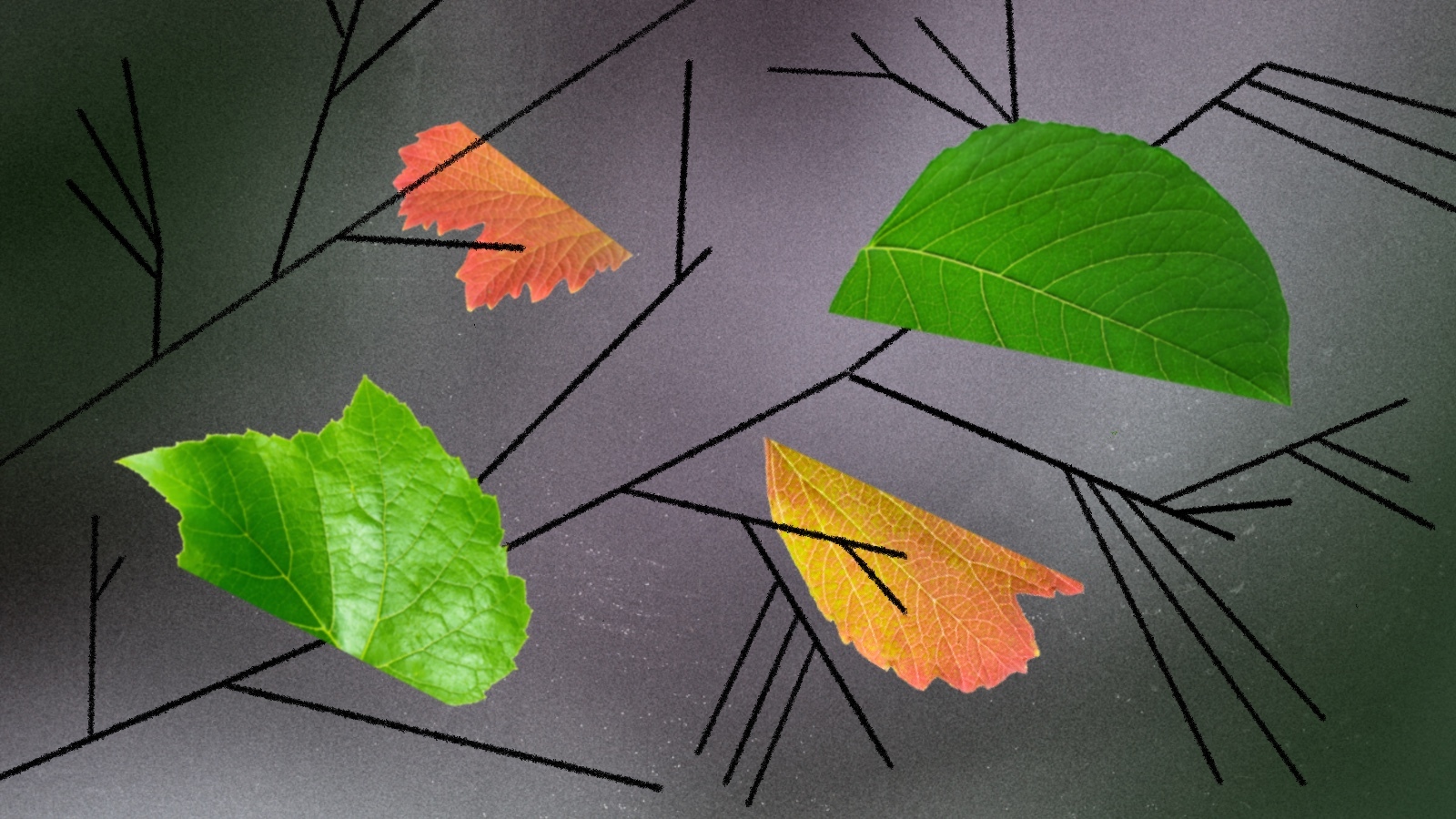Why the origin of life and the Universe itself might be forever unknowable

- Humanity has two old, profound questions. The first is about the origin of the Universe; the second about the origin of life.
- Unfortunately, there are physical limitations that make research difficult. We can only see back in time to 300,000 years after the Big Bang. We don’t exactly know what happened before that.
- In much the same way, biologists can trace all of life back to a single kind of organism. But we do not know what came before it.
Humanity has two old, profound questions. The first question concerns the origin of all that exists, the cosmos itself. The second question asks how a lifeless world could spontaneously generate self-replicating organisms that go on to conquer the planet. These two questions of origins share a thin set of connections.
The first involves Einstein’s grand General Theory of Relativity, describing the fundamental nature of space and time, and the Standard Model of particle physics, which offers ornate descriptions of the quantum fields emerging from the Big Bang. The second question focuses on the geobiochemistry of RNA replication in hydrothermal vents, as well as information-theoretic concerns about error correction in such replication.
As different as these topics seem, they both push scientists to the very edge of creative thought.
Only fog beyond the horizon
The origin of life and the Universe are both trapped by the problem of horizons.
On Earth, on a clear day and from relatively flat terrain, the horizon is simply the farthest distance you can see before the curvature of the planet bends out of view. (That comes to about 3 miles away for the average person). The horizon thus represents a fundamental limit, imposed by physical circumstances, to how far you can see. Cosmology and the origin of life are each subject to a kind of horizon, and those horizons shape how researchers must address their most fundamental questions.
In cosmology, the most important horizon comes just 300,000 years after the Big Bang, during a brief transition called recombination. Before recombination, the Universe was hot and dense enough that it was basically a smooth soup of mostly electrons, protons, and neutrons, along with photons.
The photons interacted strongly with the charged particles. No light particle could travel very far before being scattered off an electron. In this way, the Universe’s matter and light were strongly coupled. As the cosmos expanded and cooled, the matter particles eventually slowed down enough for the oppositely charged electrons and protons to find each other. They paired up to form the first hydrogen atoms. Once this happened, photons no longer had any dance partners. (Hydrogen does not couple strongly to radiation like the free electrons did.) Suddenly free to zing across the cosmos unhindered, today they fill the Universe as the cosmic microwave background radiation.
What matters for our discussion is that recombination imposed a horizon on how far back in time we can see using light. There is what scientists call the Surface of Last Scattering, which is the place in time when recombination occurred — where those photons suddenly were let go. The surface of last scattering is like a fog. You cannot see through it to get a direct view of what the Universe looked like beyond or before it. There are other important clues we can use to understand the earlier Universe — that is what I mean about scientists being clever — but in terms of light, the surface of last scattering represents a horizon of vision.
Life’s unknown ancestor
The study of life on Earth and its origin also has a horizon imposed on it, and it has a name. It is called LUCA: the Last Universal Common Ancestor.
We know that evolution on Earth (and probably anywhere else in the Universe) works by a process called descent with modification. Organisms reproduce and pass their genes on to their children. Every now and then, random mutations occur. If they lead to better fitness within the environment, entirely new organisms may appear.
Using a variety of methods, biologists have mapped out the tree of relationships between living things across Earth’s long inhabited history, which goes back more than three billion years. They have been able to see when the different lineages of life split off from each other. For example, humans, chimpanzees, and bonobos share a common ancestor who lived about six million years ago. Humans and sharks share a common ancestor that lived about 440 million years ago.
Through these kinds of studies, biologists can trace all of life back to a single kind of organism. The basic structures of this entity’s biochemistry, including the use of DNA, are what every form of life on Earth today uses (with the exception of some viruses, which use RNA — if we are to consider viruses a type of life form). We do not know much about this creature. We do not have direct fossils of its existence. But we can infer its existence from the tree of life. There must have been a last universal common ancestor that gave root to all life on Earth.
The recognition of LUCA is a triumph of modern biological sciences. But it is also a horizon beyond which we cannot see, much like the surface of last scattering. LUCA is where the direct trail ends, and that leaves us with many big questions. Could there, for example, have been more than one origin of life on Earth? Perhaps there were different versions of self-replicators, but the one leading to LUCA won out. What came before LUCA in its own lineage? LUCA, after all, represents the living form we all descended from, not necessarily the origin of life itself. Like cosmologists pushing further back in cosmic history, biologists must be creative as they seek to move further back in the dim mists of time.
The limits of knowledge
What’s cool about all this is how it reveals something fundamental about science. Horizons exist because evidence comes with constraints we don’t know how to break. That means that not every direct question can find a direct answer. The trail can simply grow cold, or disappear. At that point, the most interesting question of all arises: What do you do next?





